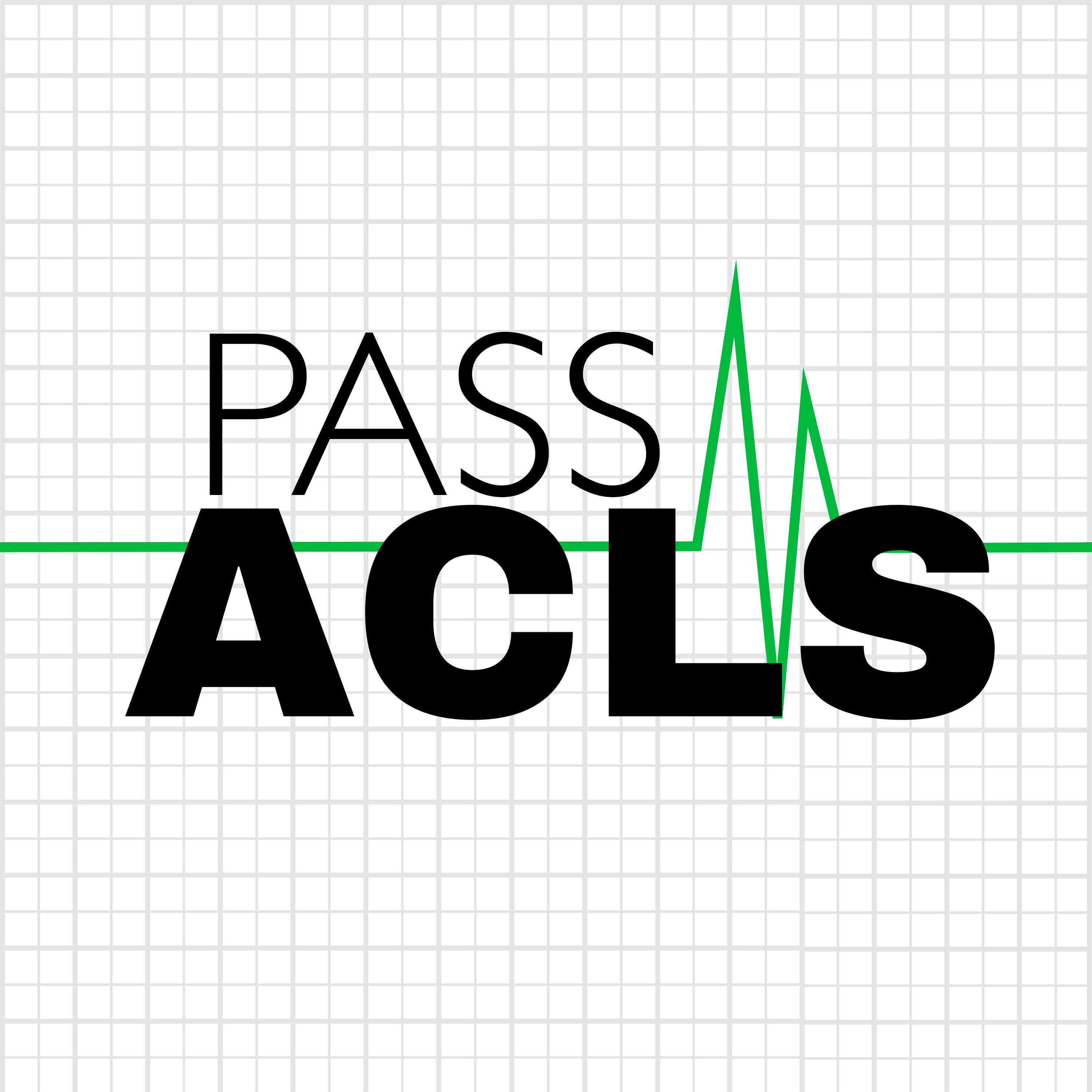Identification and Treatment of Unstable Bradycardia
Description
Patients with a heart rate less than 60 are bradycardic. Some people can have a resting heart rate in the 40s without any compromise. For others, a heart rate of 50 or less could signify the need for immediate intervention and warrants additional assessment.
Signs & symptoms that indicate a bradycardic patient is unstable.
Monitoring oxygen saturation with pulse oximetry and indications for administration of oxygen.
Calcium channel blockers and beta blocker medication as treatable causes of bradycardia.
The indications and dosage of Atropine.
Precautions for Atropine use in patients with second or third degree AV blocks.
The use of transcutaneous pacing (TCP) for unstable bradycardic patients refractory to Atropine.
The use and dosing of Dopamine and Epinephrine drips.
For additional information about causes and treatment of bradycardia, check out the pod resources page at PassACLS.com.
Connect with me:
Website: https://passacls.com
@PassACLS on X (formally known as Twitter)
@Pass-ACLS-Podcast on LinkedIn
Give back & help others. Your support will help cover the monthly cost of software and podcast & website hosting. Donations made via Buy Me a Coffee at https://buymeacoffee.com/paultaylor are appreciated.
Good luck with your ACLS class!
More Episodes
The tongue is the most common airway obstruction in an unconscious patient.
For patients with a decreased level of consciousness that can't control their airway, yet have an intact gag reflex, the nasopharyngeal airway (NPA) should be used as an alternative to the oropharyngeal airway...
Published 06/21/24
Published 06/21/24
When blood, or other fluids, accumulate in the sac around the heart it’s called a cardiac tamponade or pericardial tamponade.
The effects of tamponade on the electrical system and chambers of the heart.
Cardiac tamponade can be acute or chronic and caused by traumatic, iatrogenic, or...
Published 06/20/24


